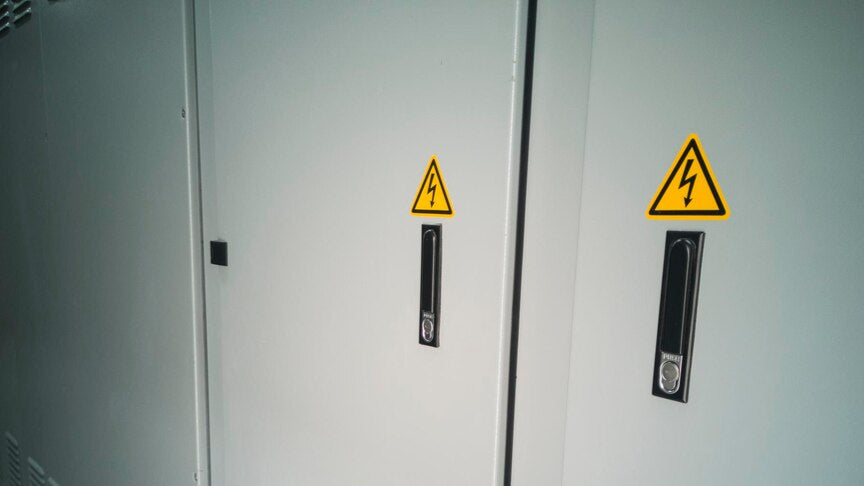When designing commercial electrical systems, load calculation is not just a code requirement—it’s the foundation for safety, cost efficiency, and passing inspections.
👉 New to the NEC? Start with our NEC Overview: What It Is and Why It Matters before diving into this article. It covers the purpose of the Code, its structure, and why it’s critical for contractors.
NEC 220.42 specifically establishes demand factors for general lighting loads, ensuring that feeders and service equipment are sized properly.
If you haven’t already reviewed our full breakdown of Services and Feeders, we recommend starting there as well. That article lays the groundwork for understanding how service entrance conductors and feeder systems are structured. NEC 220.42 builds on that knowledge by telling you how much lighting load actually needs to be counted when sizing those systems.
Why NEC 220.42 Is Critical for Contractors
Lighting is one of the largest contributors to commercial building load. Oversizing leads to:
-
Unnecessary cost (larger conductors, oversized panels, higher labor/materials).
-
Reduced efficiency (excessive copper and oversized transformers).
Undersizing leads to:
-
Voltage drop problems.
-
Overheating and breaker trips.
-
Code violations and failed inspections.
By applying NEC 220.42 correctly, contractors balance compliance with efficiency—delivering a safe system without unnecessary expenses.
The Core Rules of NEC 220.42
-
Lighting Loads Based on Occupancy Type
-
Office buildings, schools, retail, warehouses, and other occupancies each have prescribed load values in VA per square foot.
-
For example:
-
Offices: 3.5 VA/sq ft
-
Retail: 3 VA/sq ft
-
Warehouses: 1 VA/sq ft
-
-
-
Demand Factors
-
NEC 220.42 allows load reductions above certain thresholds.
-
Example: First 50,000 VA at 100%, remainder at 50%.
-
This drastically reduces conductor and panel size requirements on large projects.
-
-
Special Conditions
-
Multi-occupancy buildings may require separate calculations for each tenant space.
-
Some occupancies (like hospitals or theaters) may have no demand factor allowance because reliability is critical.
-
Example: Applying NEC 220.42 in Practice
Imagine a 20,000 sq ft commercial office building:
-
Step 1: Calculate base lighting load
20,000 sq ft × 3.5 VA = 70,000 VA -
Step 2: Apply demand factors
-
First 50,000 VA = 100% = 50,000 VA
-
Remaining 20,000 VA at 50% = 10,000 VA
-
-
Step 3: Final calculated lighting load
60,000 VA
This number is then carried forward when sizing feeders and service conductors under NEC Article 215. For a refresher, see our guide on Service and Feeders where we explain how loads like this are applied to conductor and OCPD sizing.
Common Mistakes Contractors Make
-
Ignoring Occupancy Classification – Using office values for a warehouse can oversize a system by 300%.
-
Not Applying Demand Factors – Skipping reductions inflates conductor sizes, panelboards, and transformer capacity.
-
Mixing Lighting with Receptacle Loads – NEC requires separate calculations. Combining them too early creates errors.
Pro Tips for Contractors
✅ Start with occupancy type – verify square footage and VA/sq ft values.
✅ Apply demand factors carefully – double check thresholds to maximize cost savings without sacrificing compliance.
✅ Cross-reference NEC 215.2 – your calculated loads flow directly into feeder conductor sizing.
✅ Document everything – AHJs often ask for load calcs during plan review.
Final Word
NEC 220.42 is more than just a math exercise—it’s a cost-saving tool when applied correctly. By combining this with a solid understanding of Service and Feeders and NEC 215.2 Feeder Conductor Sizing, contractors can design compliant systems that are lean, safe, and inspection-ready.


